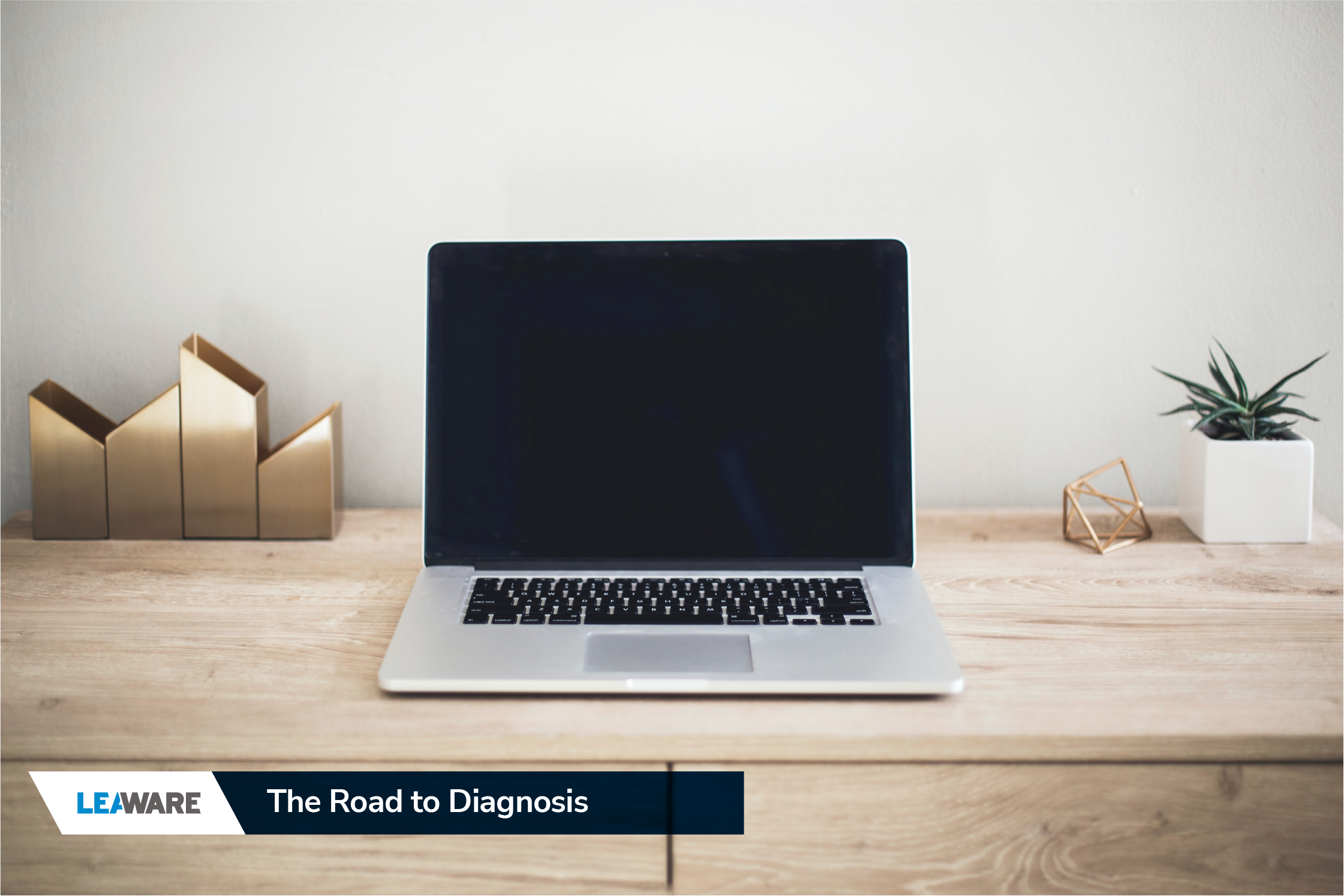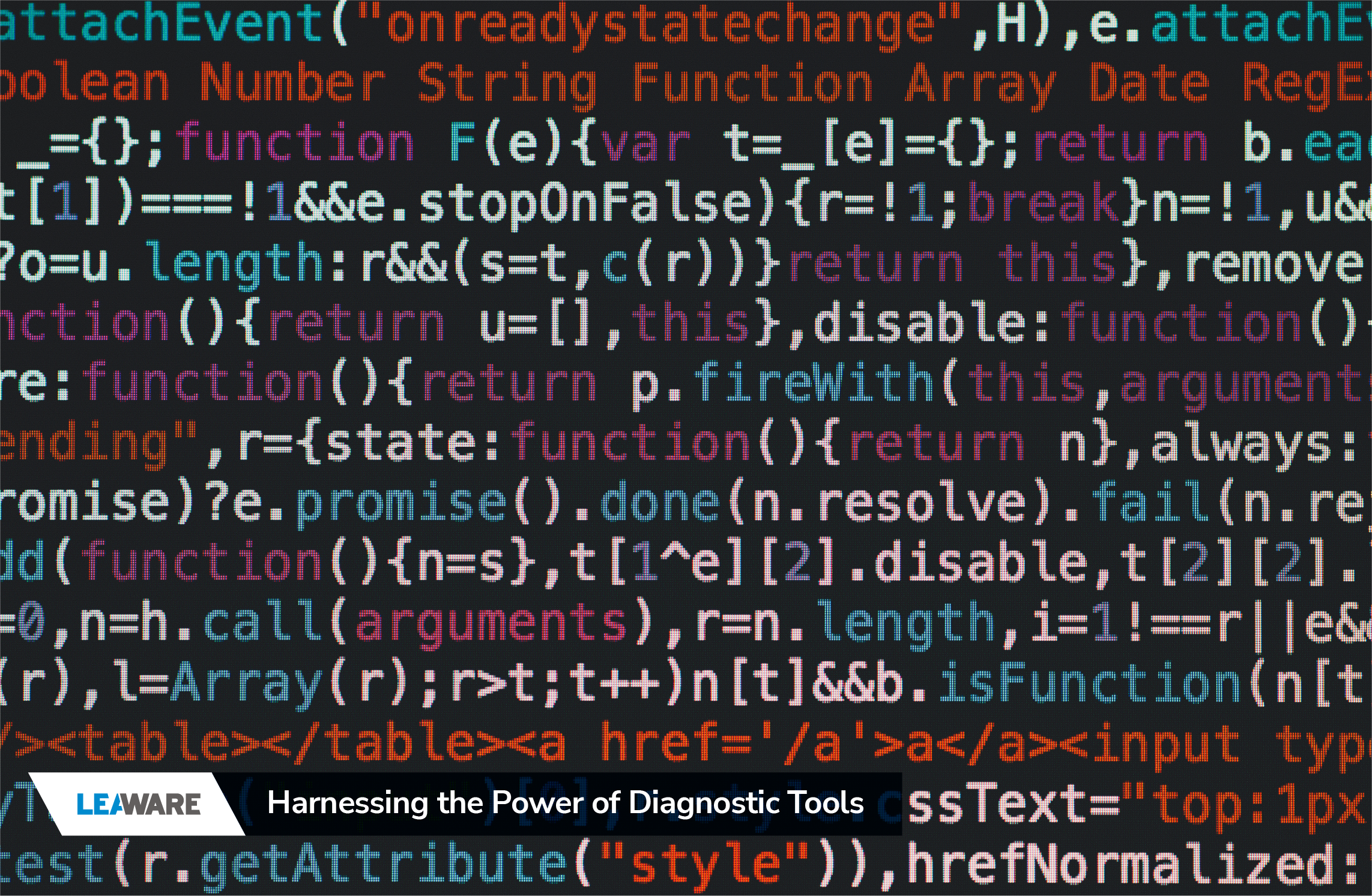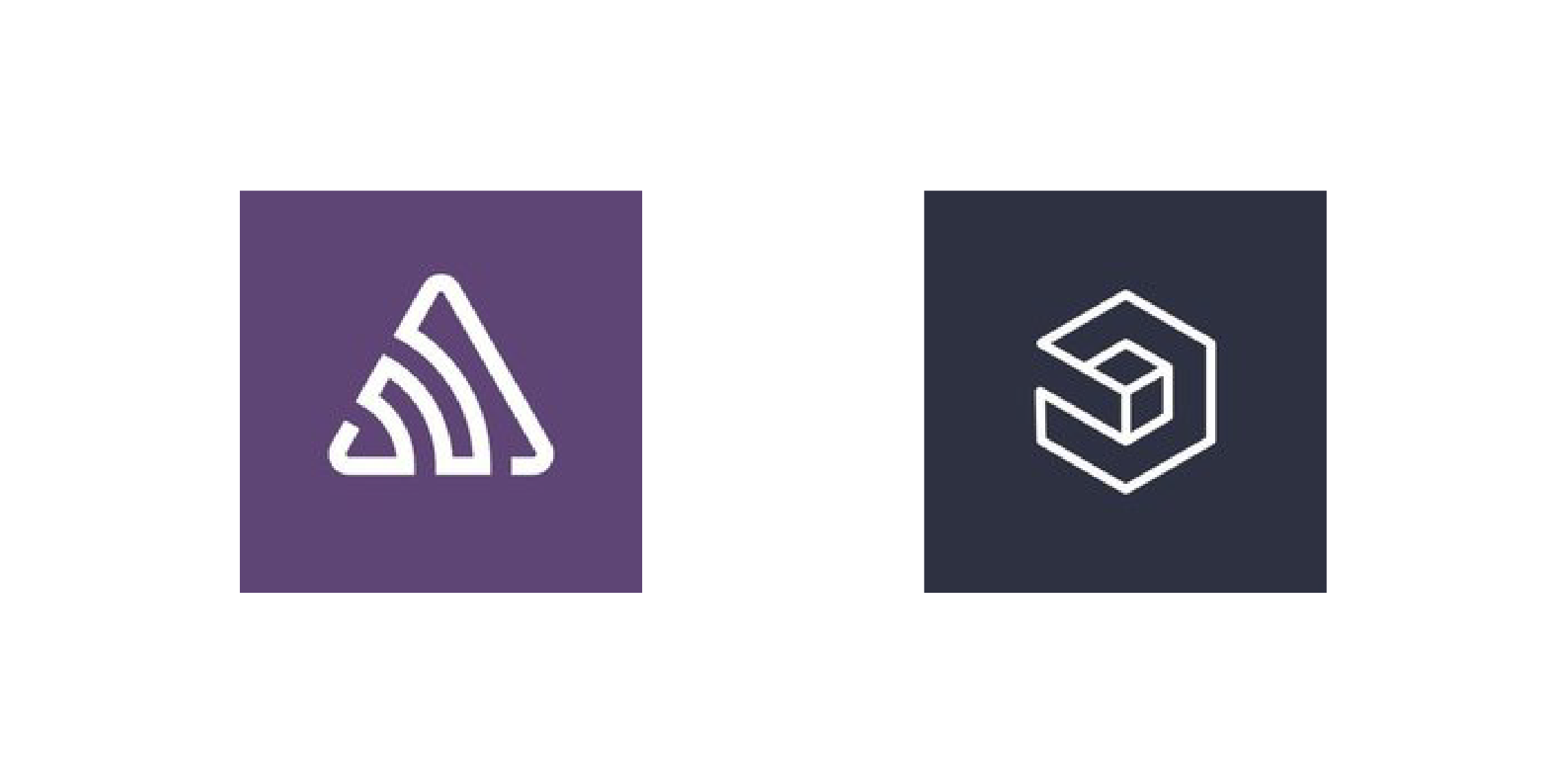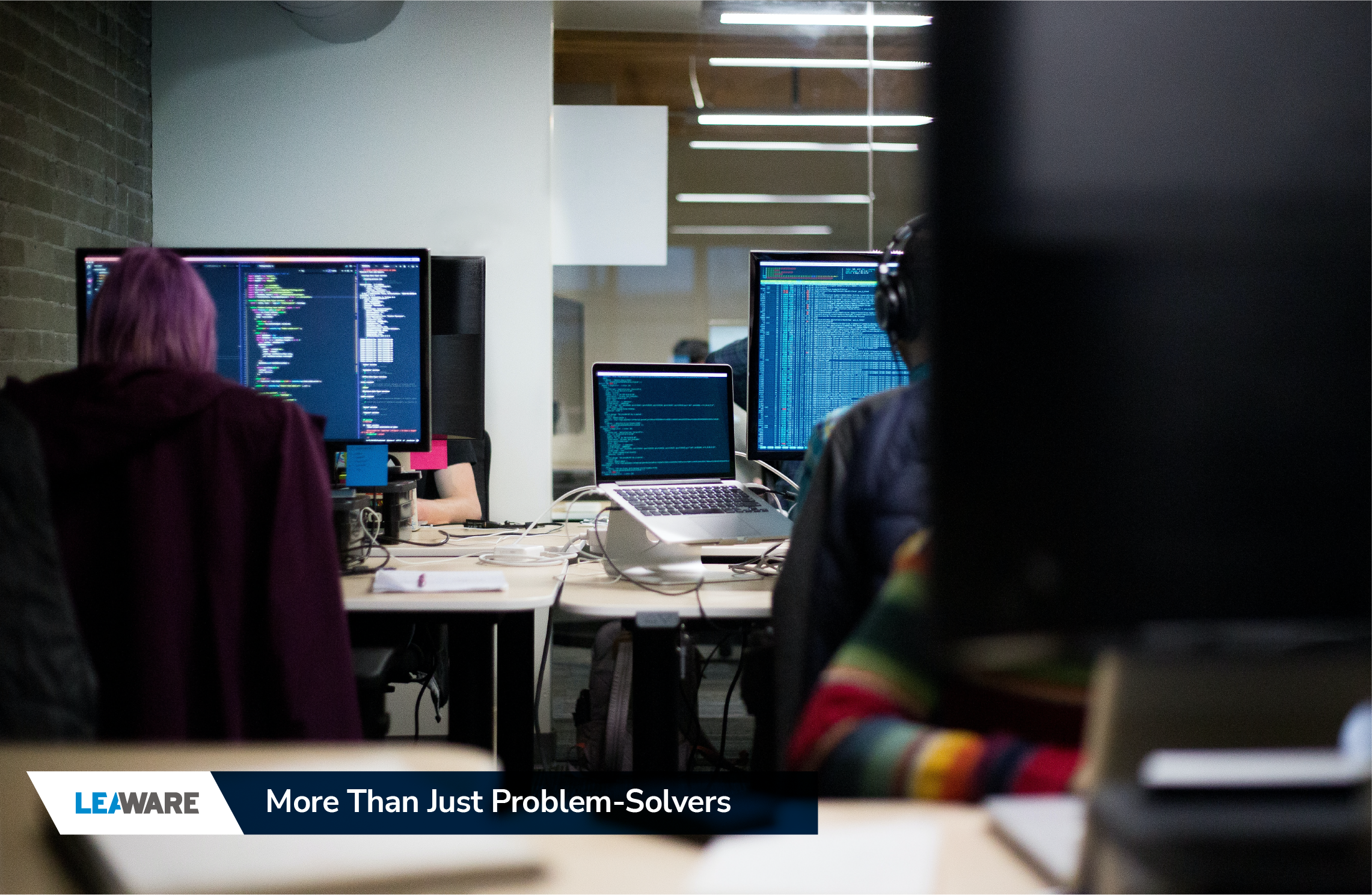In the complex world of software development, issues are bound to occur. These software errors, like diseases in the human body, need a precise diagnosis to be effectively treated. This might sound like an odd comparison, but the methodology behind diagnosing a software error shares a surprising amount of similarities with diagnosing a medical condition. This article delves into the parallels between these two seemingly disparate fields, exploring how software engineers can learn from medical professionals to better understand and resolve software errors. We’ll also discuss the role of modern diagnostic tools in this process, underlining their benefits and illustrating their use with practical examples. Ready to step into the shoes of a software doctor? Let’s begin.
Diagnosing software errors is a crucial aspect of software development. In an intriguing parallel, the process shares many similarities with how doctors diagnose diseases. Understanding these similarities can empower software engineers to more effectively identify and address the root causes of software problems.
Symptom Analysis: The First Clue
One of the main commonalities between diagnosing software errors and diagnosing diseases is symptom analysis. Doctors scrutinize patient symptoms to pinpoint diseases, while software engineers examine the symptoms of software issues to identify the root cause. Error messages, system crashes, and application instability are the tell-tale signs that something is awry in the software world.
Example: A user reports that an application crashes when they try to upload a large file. The software engineer examines the error message and discovers that the application is running out of memory.
Testing: The Road to Diagnosis
Another shared practice is testing. Just as doctors run multiple tests to diagnose diseases, software engineers use various tests to diagnose software errors. These tests aim to isolate the problem and identify a solution. For example, if a software issue is related to network connectivity, engineers might test the software in various network environments to isolate the issue.
Example: A software engineer suspects a performance issue in a web application is related to database queries. They run a series of tests, including stress testing and profiling, to confirm their suspicions and identify the problematic queries.
The Importance of Knowledge and Experience
Just like doctors, software engineers must possess a deep understanding of their field. A doctor’s knowledge of anatomy, physiology, and pathology plays a crucial role in disease diagnosis. Similarly, a software engineer’s grasp of programming languages, systems analysis, and debugging techniques is vital in diagnosing software errors.
Example: A software engineer identifies a memory leak in an application written in C++. Their knowledge of C++ memory management and debugging tools allows them to locate and fix the issue.
The Differences: Overt Problems and Repetitive Testing
However, there are differences. Software problems are often more overt and easier to pinpoint and solve. Moreover, in software diagnostics, tests can be repeated to verify the effectiveness of the solutions, which isn’t always the case in medical diagnostics.
Example: After implementing a fix for a software issue, an engineer can rerun the same tests to ensure the problem is resolved. In contrast, a doctor might need to wait for a patient to recover before they can determine if a treatment was effective.
Harnessing the Power of Diagnostic Tools
In software development, various tools like Sentry and Logz.io help developers identify and diagnose issues in real-time. These platforms analyze logs, monitor application performance, and alert the team of potential issues before they escalate.
Example: A team using Logz.io might receive an alert about a sudden spike in response times. Upon investigation, they discover a misconfiguration in their load balancer and quickly resolve the issue.
Tracking and Prioritizing Bugs
One of the key benefits of these tools is their ability to track and prioritize bugs on a centralized platform. This efficiency ensures bugs are addressed promptly and systematically, improving both the software’s quality and the development process.
Example: A team using Jira can create a backlog of bugs, assign priority levels, and track the progress of fixes. This organized approach helps the team resolve high-priority issues first and manage their workload more effectively.
The Tools of the Trade: Real-time Diagnosis in Software Development
In the high-stakes realm of software development, the ability to identify and diagnose issues in real-time can be a game-changer. A host of modern tools have emerged to assist in this endeavor, providing engineers with instant feedback and actionable insights. Among these, Sentry and Logz.io have proven to be highly effective. Sentry provides error tracking and crash reporting, delivering instant notifications when things go wrong and even pinpointing the exact line of code that caused the issue. On the other hand, Logz.io offers a robust log management system that collects, parses, and analyzes log data, facilitating real-time monitoring of application performance.
These tools not only allow for rapid identification and diagnosis of issues, but they can also proactively monitor the application and alert the development team of potential issues before they escalate. By leveraging these powerful diagnostic tools, developers can effectively triage, diagnose, and rectify software errors, leading to more stable, reliable, and high-performing software products.
The Benefits of Diagnostic Tools: More Than Just Problem-Solvers
Employing diagnostic tools such as Sentry and Logz.io offers several distinct advantages that go beyond mere problem-solving. First and foremost, these tools provide a centralized platform for tracking and prioritizing bugs. This capability allows teams to manage issues more efficiently, ensuring they are addressed in a timely and organized manner, which in turn enhances the overall quality of the software and streamlines the development process.
Moreover, these tools significantly facilitate collaboration and communication among team members. Developers can share insights, pool knowledge, and work together to resolve issues, creating an environment of shared understanding and concerted effort. This collaborative approach fosters a sense of unity within the team and paves the way for higher-quality software products that meet the needs and expectations of end-users.
Finally, these diagnostic tools offer detailed insights into the root cause of software problems. By continuously analyzing logs and monitoring application performance, developers gain a deeper understanding of the software’s behavior and potential areas for improvement. This insight is invaluable not only for diagnosing and fixing current issues, but also for preventing future ones from occurring. Thus, the benefits of these tools extend beyond immediate problem-solving, contributing to long-term software robustness and reliability.
Promoting Collaboration and Communication
These tools also foster collaboration and communication among team members. Developers can share information and collectively resolve issues, ensuring everyone is aligned and working towards the same goal. This collaboration results in a higher-quality software product that satisfies end.
Maintaining Software Health in a Digital Product
Maintaining the health of software in a digital product is an ongoing task that requires vigilance, expertise, and the right set of tools. It involves proactive monitoring to identify potential issues before they escalate, regular updates to fix bugs and improve performance, and a commitment to continuous learning to stay abreast of the latest technologies and best practices.
Utilizing real-time diagnostic tools such as Sentry and Logz.io is a crucial part of this process. These tools allow developers to quickly identify, diagnose, and resolve issues, thereby reducing downtime and enhancing user experience. They also offer valuable insights into the software’s behavior, enabling developers to make data-driven decisions and proactive improvements.
Moreover, maintaining software health is not a solo endeavor – it requires effective collaboration and communication among team members. Sharing knowledge, learning from each other’s experiences, and working together towards common goals are essential for maintaining and enhancing the quality of the software.
Finally, it’s important to remember that software health is not a one-time achievement but a continual pursuit. Regular code reviews, continuous integration and deployment, and a commitment to quality assurance all contribute to the ongoing health and success of a digital product. By adhering to these practices, developers can ensure their software remains robust, reliable, and ready to meet the needs of its users.
Conclusion
The process of diagnosing software errors shares fascinating parallels with medical diagnosis. From symptom analysis and testing to the necessity of deep domain knowledge, both fields rely on similar methodologies to identify and resolve problems. While there are differences – software errors are often more overt and their testing is more repeatable – the approach largely mirrors the steps a physician would take.
Diagnostic tools like Sentry and Logz.io have emerged as essential aids in this process, offering real-time identification and diagnosis of issues, centralized bug tracking, and enhanced team collaboration. These benefits, along with their capacity to provide detailed insights into the root cause of problems, make these tools invaluable for maintaining software health.
Understanding and embracing these parallels, methodologies, and tools is a crucial aspect of effective software development. As software engineers, we may not have medical degrees, but we can certainly learn from the diagnostic approach of physicians to deliver healthier, more reliable software products to our users. So, let’s don our stethoscopes, roll up our sleeves, and get to diagnosing!
And remember, if you need an expert to diagnose your application’s health, we are here for you. We are specialists in identifying and fixing software issues, ensuring your application runs smoothly and efficiently. claim your voucher for a comprehensive software health check. We will apply our expertise and diagnostic tools to ensure your software is in optimal health.










